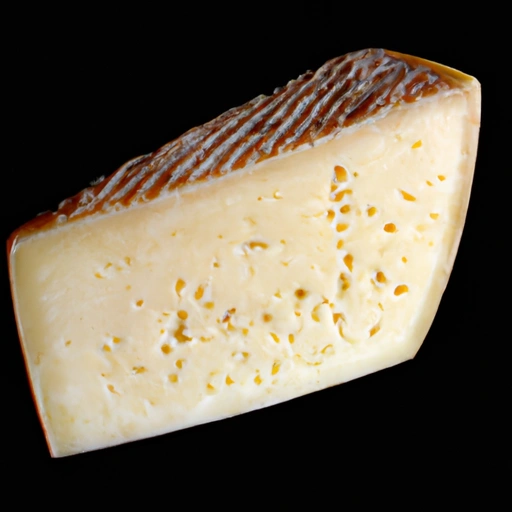Romano Cheese
Description

Romano cheese is a hard, salty Italian cheese, often used for grating, made from cow's milk (Pecorino Romano if made from sheep's milk). It is named after the city of Rome and is known for its sharp flavor and fine quality. When using Romano cheese in recipes, it is typically measured in ounces or grams, tablespoons, or cups after grating. A standard serving size could be an ounce (28 grams) or a tablespoon (5 grams).
Common uses
Romano cheese is most commonly used as a grating cheese over pasta dishes, soups, and salads. It is also a popular ingredient in various sauces and baked dishes, where its sharpness adds depth to the flavor profile. Additionally, Romano can be enjoyed as a table cheese, often paired with fruits, nuts, and a selection of wines.
Nutritional value
Calories
A 1-ounce (28-gram) serving of Romano cheese contains approximately 100 calories.
Protein
Each serving of Romano cheese provides about 9 grams of protein, making it a good source for maintaining muscle mass.
Fat
Romano cheese contains around 7 grams of fat per serving, most of which is saturated.
Carbohydrates
This cheese is low in carbohydrates, with less than 1 gram per serving.
Vitamins
It is a good source of certain vitamins such as vitamin A and B vitamins, especially B12.
Minerals
Romano is rich in minerals like calcium, providing about 200-220 mg per serving, and also contains phosphorus and zinc.
Health benefits
Due to its high protein and calcium content, Romano cheese can be beneficial for bone health and muscle maintenance. The presence of B vitamins also supports metabolism and energy production.
Potential risks
However, its high sodium and saturated fat content can pose risks to cardiovascular health if consumed in excess. It is also important to note that Romano cheese is not suitable for those with lactose intolerance or dairy allergies.
Common recipes
Romano cheese is often used in classic Italian recipes such as Carbonara, Cacio e Pepe, and as a topping for pizza and focaccia.
Cooking methods
While it's commonly grated over dishes, it can also be incorporated into fillings for ravioli, melted into fondues, or used in au gratin preparations.
Pairing with other ingredients
Pairings include robust red wines, pears, figs, and olives, as well as cured meats like prosciutto.
Summary
In summary, Romano cheese is a versatile and flavorful cheese with a rich history. It is a favored ingredient in many cuisines, particularly Italian, and offers nutritional benefits when enjoyed in moderation. Whether grated over pasta, included in a cheese platter, or used in cooking, Romano adds a sharp, salty flavor that enhances a variety of dishes.